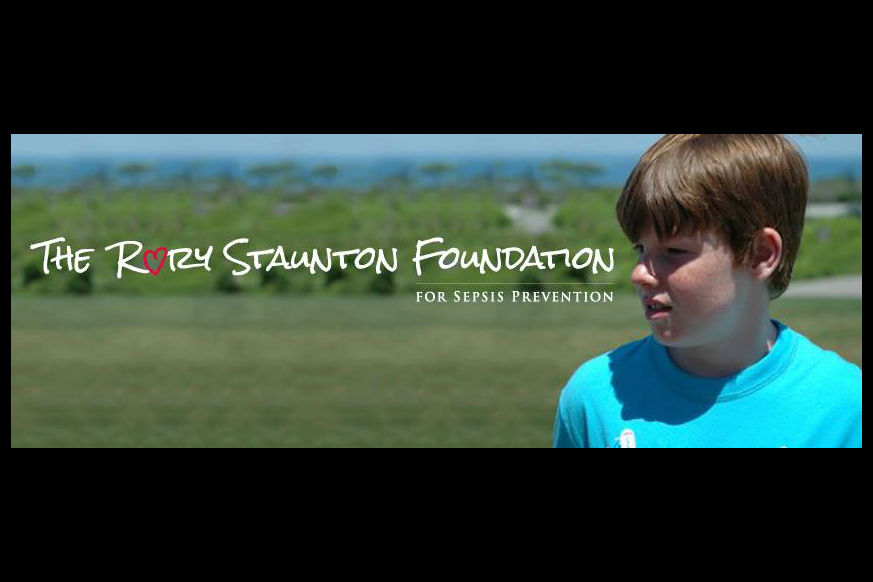A foundation set up by an Irish family has saved thousands of American lives.
Rory Staunton, 12, cut his arm while diving for a basketball at his private school in New York on March 28, 2012. He died four days later from septic shock.
Sepsis, sometimes referred to as “blood poisoning,” is the result of a massive immune response to a bacterial infection. Sepsis can lead to organ failure, tissue damage and death.
Sepsis kills 258,000 Americans each year, according to the Sepsis Alliance.
After his death, Rory’s parents Orlaith and Ciaran, originally from County Louth, Ireland, established the Rory Staunton Foundation to raise awareness of the dangers of sepsis.
On Jan. 29, 2013, Gov. Andrew Cuomo announced all New York state hospitals would adopt Rory’s Regulations, evidence-based protocols for the early diagnosis and treatment of sepsis.
According to a recent New York State report, “Sepsis Care Improvement Initiative,” patients are being identified and treated earlier — a measure that is saving lives.
“Despite the early nature of this initiative we can demonstrate encouraging improvements,” report authors wrote.
Rory’s Regulations took effect in 2014. Mortality rates from sepsis in New York from the beginning of 2011 through the end of 2015 indicated that 4,727 fewer people died from it, according to the new report.
“We have met the people that have been saved by these protocols,” Ciaran Staunton, Rory’s father, told the Independent.
“We are happy that their parents are not joining us in this miserable life. We want that fighting chance extended to every family in America.”
Ciaran told the Independent that he hopes not for a cure, but for awareness and for all states to pass regulations.
“When our son died, there was no awareness, no sepsis protocols, nothing in the A-Z book on sepsis,” he said. “Now we’ve shown here’s what we can do in New York — we want the U.S. government to have the same level of anxiety and awareness of sepsis as they do Ebola.”
While playing in school on March 28, 2012, Rory scraped his arm in gym class and was patched up by a teacher.
Later, at home, his mother heard him vomiting.
“There wasn’t a huge amount of vomit, but he kept saying, ‘My leg, my leg, Mom,’” Rory’s mom, Orlaith Staunton, told The New York Times. In the morning, Rory’s temperature reached 104.
His pediatrician, Dr. Susan Levitzky, saw him that evening, but dismissed the leg pain saying it was probably due to the fall in class.
“We showed her the cut on his elbow, and I saw her follow up his arm from the cut,” Rory’s mom said. “She said, ‘The cut’s not an issue.’ She focused on his stomach. We said, ‘Although you see him throwing up, that’s not what he’s really complaining about.’ Rory and I both said to her that it’s the pain in his leg that’s really bothering him.”
Rory’s culture for strep came back negative, but his skin was mottled, another “worrisome observation,” an infectious disease specialist not involved in Rory’s care told The New York Times.
Levitzky sent Rory to the emergency room at NYU Langone Medical Center. He was treated for dehydration and sent home, the Independent reported.
Three hours later, the hospital’s laboratory found that Rory’s cell count was elevated, due to his body fighting a bacterial infection, but his parents were left in the dark.
“Nobody said anything that night,” Rory’s mom told The New York Times. “None of you followed up the next day on that kid, and he’s at home, dying on the couch?”
NYU Langone declined comment when contacted by The New York Times.
“Our deepest sympathies go out to the family at this difficult time,” said Lisa Greiner, a hospital spokeswoman.



















